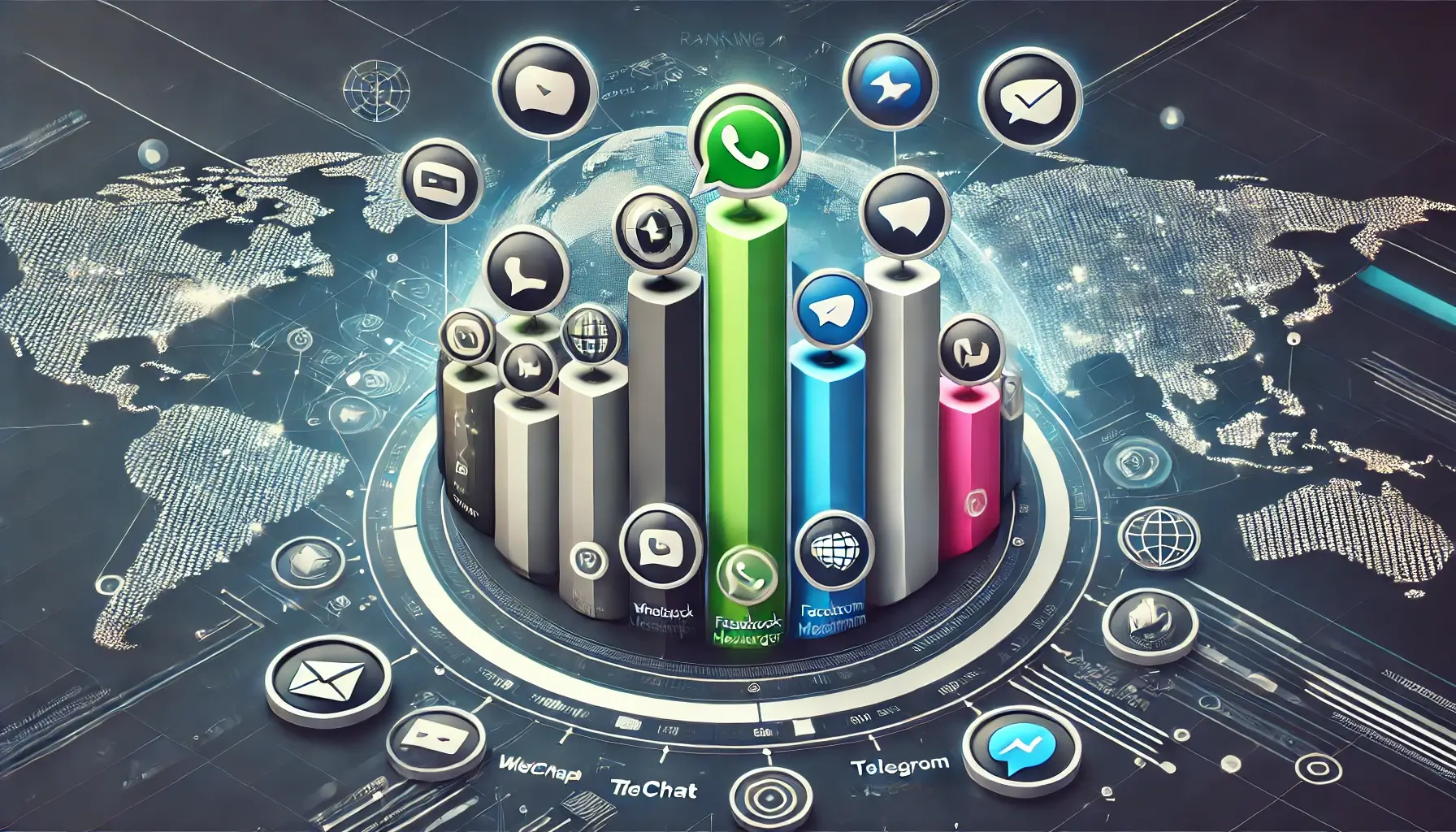In today’s digital age, messaging apps have become an integral part of our daily lives. From staying in touch with friends and family to conducting business, messengers have revolutionized the way we communicate. But with so many options available, which ones are the most popular? In this blog, we’ll explore the most popular messengers in the world, their unique features, and the latest trends shaping the future of digital communication.
1. The Global Messaging Landscape
Messaging apps have seen exponential growth over the past decade, driven by the increasing penetration of smartphones and internet connectivity. According to recent statistics, there are over 3 billion messaging app users worldwide, and this number is expected to grow further. Let’s take a closer look at the most popular messengers dominating the global market.
2. Top Messengers in the World
Here’s a rundown of the most popular messaging apps based on user base, features, and global reach:
WhatsApp
With over 2 billion users, WhatsApp is the undisputed leader in the messaging world. Known for its simplicity, end-to-end encryption, and cross-platform compatibility, WhatsApp is widely used for both personal and professional communication.
Facebook Messenger
As part of the Facebook ecosystem, Messenger boasts over 1.3 billion users. It offers a range of features, including video calls, games, and integration with other Facebook services.
WeChat
Dominating the Chinese market, WeChat has over 1.2 billion users. It’s more than just a messaging app; it’s a lifestyle platform offering services like mobile payments, shopping, and social networking.
Telegram
Known for its strong focus on privacy and security, Telegram has over 500 million users. It offers features like secret chats, self-destructing messages, and large group capacities.
Signal
Gaining popularity for its emphasis on privacy, Signal has seen a surge in users, especially among those concerned about data security. It offers end-to-end encryption and open-source software.
Viber
Popular in Eastern Europe and Asia, Viber has over 260 million users. It offers features like public chats, stickers, and Viber Out for making international calls.
Line
Widely used in Japan and other parts of Asia, Line has over 200 million users. It’s known for its stickers, timeline feature, and integration with various services.
3. Key Features Driving Popularity
What makes these messengers so popular? Here are some key features that users love:
End-to-End Encryption
Security is a top priority for users, and apps like WhatsApp, Signal, and Telegram offer robust encryption to protect user data.
Cross-Platform Compatibility
The ability to use the app on multiple devices, including smartphones, tablets, and desktops, is a major plus.
Multimedia Support
Users can send not just text but also photos, videos, voice messages, and documents.
Voice and Video Calls
High-quality voice and video calling features have become standard in most messaging apps.
Stickers and Emojis
Fun and expressive, stickers and emojis add a personal touch to conversations.
Integration with Other Services
Apps like WeChat and Facebook Messenger offer seamless integration with other services, making them versatile platforms.
4. Emerging Trends in Messaging Apps
The messaging app landscape is constantly evolving. Here are some trends to watch:
AI and Chatbots
Artificial intelligence is being integrated into messaging apps to provide personalized experiences and automate customer service through chatbots.
E-commerce Integration
Messaging apps are increasingly becoming platforms for shopping and payments. WeChat’s success in this area is a prime example.
Privacy and Security
With growing concerns over data privacy, apps are focusing on enhancing security features. Signal’s rise in popularity is a testament to this trend.
Augmented Reality (AR)
AR features, such as filters and games, are being incorporated into messaging apps to enhance user engagement.
Interoperability
Interoperability
5. The Future of Messaging Apps
As technology continues to advance, messaging apps will likely become even more integrated into our daily lives. Here are some predictions for the future:
Unified Communication Platforms
Messaging apps may evolve into all-in-one platforms offering a range of services, from communication to entertainment and commerce.
Enhanced Privacy Features
With increasing scrutiny on data privacy, future messaging apps will likely offer even more robust security measures.
With increasing scrutiny on data privacy, future messaging apps will likely offer even more robust security measures.
As VR technology becomes more accessible, we may see messaging apps incorporating VR features for immersive communication experiences.
As VR technology becomes more accessible, we may see messaging apps incorporating VR features for immersive communication experiences.
Messaging apps will continue to expand their reach, especially in emerging markets with growing internet penetration.
Conclusion
Messaging apps have come a long way from simple text-based communication tools. Today, they are powerful platforms offering a wide range of features and services. Whether it’s WhatsApp’s global dominance, WeChat’s multifunctional ecosystem, or Signal’s focus on privacy, each app has its unique strengths. As technology continues to evolve, we can expect messaging apps to become even more integral to our digital lives. Stay tuned to these trends to make the most of your messaging experience.

